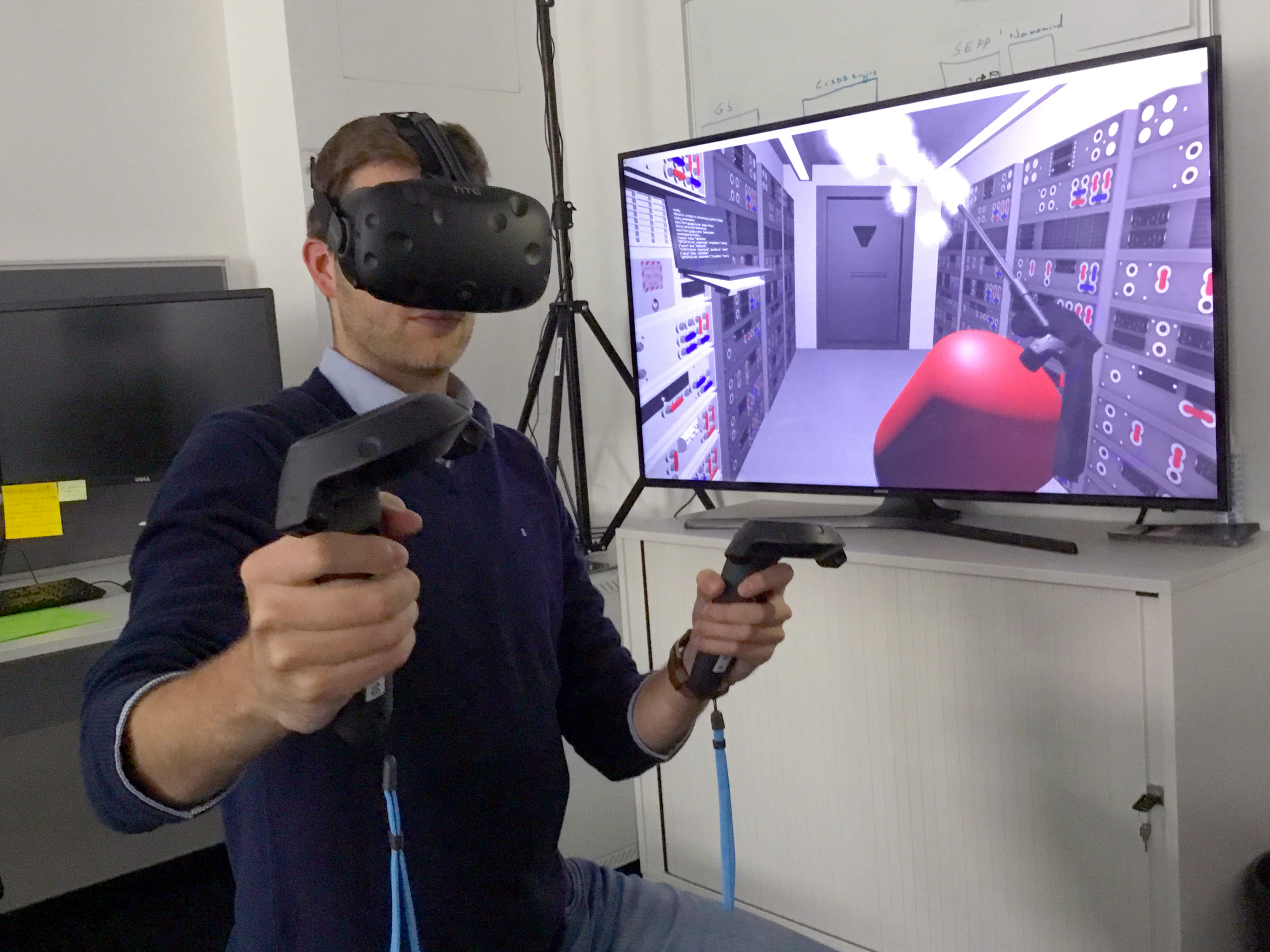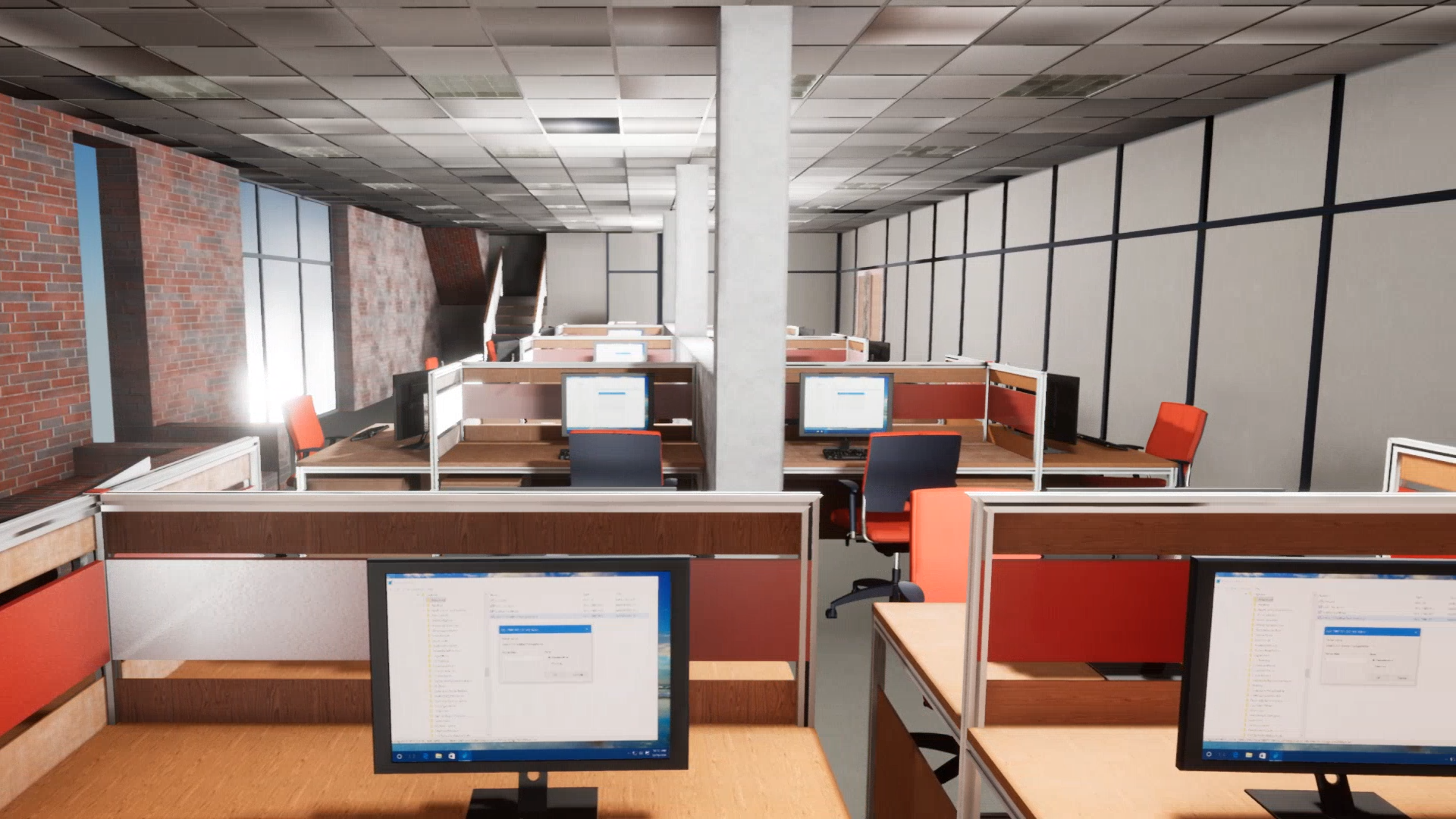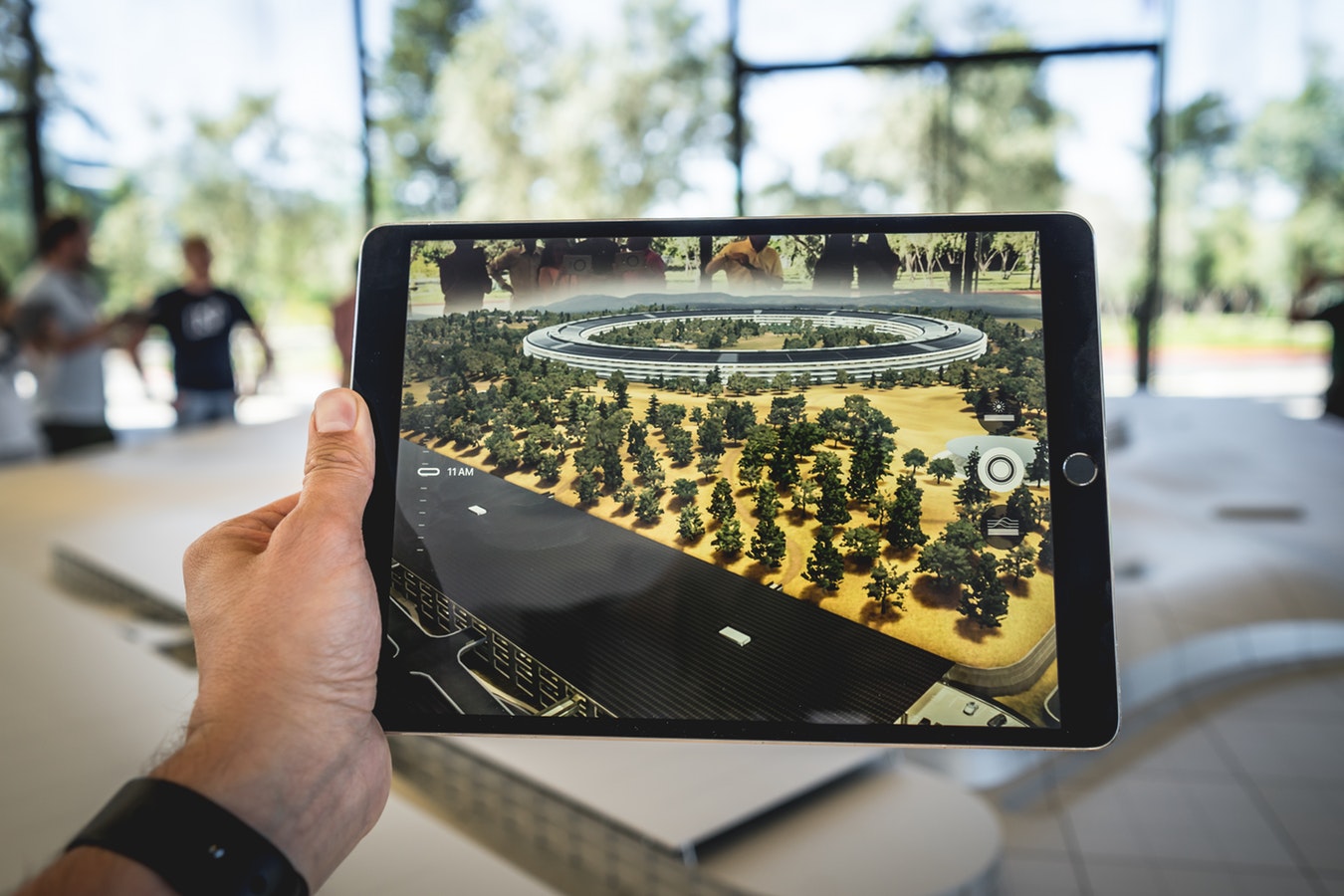September 14, 2018
AR and VR can help to visualise, train and collaborate cheaper and more effectively than traditional methods in most sectors. The construction sector is yet another sector that will see big changes with the use of AR and VR technology.

The biggest challenge that the construction industry is facing is visualizing and experiencing a construction project before it’s built. Any design changes that happen when construction begins can be costly and time consuming for construction and architectural companies. Therefore, 3D visualisations have become so popular as designers and clients can catch errors that couldn’t be seen in traditional blueprints. VR goes one step further and allows a user to experience a construction project before development, much like a 3D visualisation. Using VR, users can get a sense of scale of a construction and able to explore freely at their own pace as they would in real life. Visualisations in VR uses CGI graphics and animations to create an even more immersive experience. This has use in both practical and aesthetic purposes with new designs, for example if the placing of furniture or a fitting is not fit for purpose. The ability to be immersed within a construction project is invaluable as it is both a cheap and effective method to communicate a design to clients, designers and construction staff.

Some companies also offer VR software that can be collaborative design experiences with designer, architect and construction company all collaborating on one design all at the same time, each with their own VR headset, this allows for a more flexible and iterative design process. These VR visualisations can also be given to users who may have a specialised skill set. For example, if a hospital was being designed, the blueprints or the architectural 3D visualisation would have to be looked over by a medical professional to make sure it meets requirements. By providing the medical professional with a VR visualization in which they can walk around in like a patient or worker at the hospital might do, they can start to spot issues. Issues that might make the patient treatment process less effective or accessible.
Construction workers in their lifetime go through training regularly, both training how to use equipment as well as safety training,both of which traditionally can be unengaging and uninformative. VR can offer immersive and engaging training courses that have the potential to be effective training tools. Using VR, construction workers can jump in at any time to become more efficient and safer within their workplace.

Augmented reality also has a part to play in the construction industry. Using AR, construction workers can use it to assist them when on-site through their phone or through a specialised headset. Whether that is providing information supplied by the designer or client about the current project either through visual overlays or text information, AR can help those who need it who are on-site. AR can also help to present and visualise different construction designs more portably and more accessible than VR. Anyone with a mobile phone capable of augmented reality software can see designs as if they were in front of them in the real world.

Pocket Sized Hands previously have had experience working in the construction sector before when developing the ground-breaking VR visualisation tool, Driving Vision, check it out!
If you have an idea you want created get in touch with us and we can bring it to life. Whether it’s a quick prototype, a full product or even just to brainstorm, our team will be here to help. From the beginnings of your prototype to the final product we can support you with professional advice and delivery.





